Open House Builds Enthusiasm for New Projects and a New Year of Research at the Global Research Institute
By Jane Handa ’21
All members of the William & Mary community were invited to 427 Scotland Street on Monday, October 7, for an open house event at the Global Research Institute. Students involved with Institute projects and programs, university faculty and administrators, and community members gathered to learn more about GRI. Institute Co-Director Sue Peterson, as well as W&M President Katherine Rowe, addressed attendees and celebrated Institute progress as a new year of policy-relevant research began.
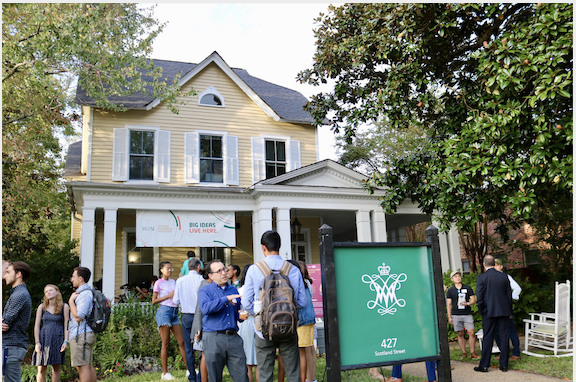 Outside of and throughout the GRI house, current students, alongside their faculty mentors, explained their work on research projects, while members of the wider W&M community learned about the focus and impact of these projects. Representatives from university offices like Information Technology, Advancement, Sponsored Programs, the Dean’s Office, and the Reves Center enjoyed the company of local elected officials, students, and faculty as they marked the beginning of a new year. Attendees asked students questions about their work, and learned about what makes GRI so special: the student-faculty collaboration on projects that make a real difference in the world.
Outside of and throughout the GRI house, current students, alongside their faculty mentors, explained their work on research projects, while members of the wider W&M community learned about the focus and impact of these projects. Representatives from university offices like Information Technology, Advancement, Sponsored Programs, the Dean’s Office, and the Reves Center enjoyed the company of local elected officials, students, and faculty as they marked the beginning of a new year. Attendees asked students questions about their work, and learned about what makes GRI so special: the student-faculty collaboration on projects that make a real difference in the world.
As attendees enjoyed the catered food and drink, as well as live music, they were addressed by key representatives of GRI and its work. From the porch of the yellow GRI house, Peterson spoke about GRI’s new projects, the International Justice Lab (IJL), Ignite, and NukeLab, as a marker of development and growth. She also remarked upon the Center for African Development (CAD), and its new co-director, Dr. Iyabo Obasanjo, of the Health Sciences Department. Finally, Peterson celebrated AidData and its continued impact and influence on the worlds of academia and policy making, as well as its reflection on GRI as a whole: “AidData has set a global standard and it has become the leading source on Chinese aid. It has set the pace for data and analysis on sustainable development investment, for both the scholarly community and the policy community. It does what all of us at the GRI strive to do, which is to bridge the divide between the policy and academic communities.”
Finally, to much excitement from the audience, President Rowe spoke about GRI and its implications for other aspects of W&M. “We know that for every industry, for every sector of society, for every discipline, the ability to marshal and ask questions of complex data sets is going to be critical to our success. It’s also critical to our successes as citizens. This is at the front and center of what GRI does,” Rowe said, pointing to the interdisciplinary and critical thinking aspects that are core to GRI’s methods. She added, “The impact of GRI has a lot to do with the way it convenes policymakers, practitioners, researchers, and students—the next generation—together to answer those unsolvable questions.”
With that, the community of students, faculty, and practitioners alike, moved forward into a new year of research, development, and impact.

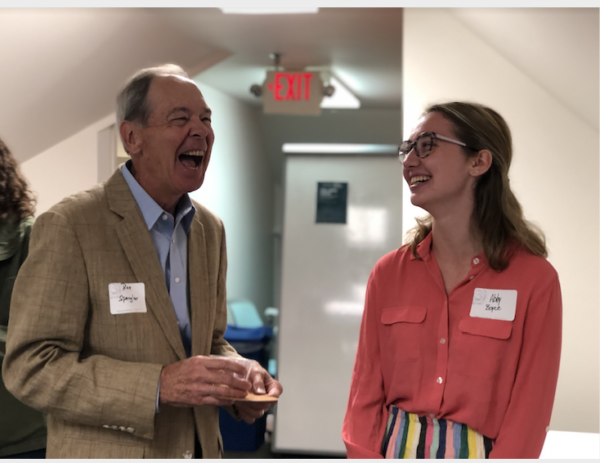
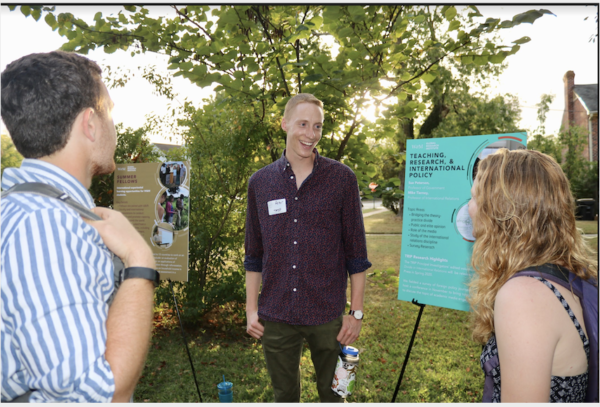
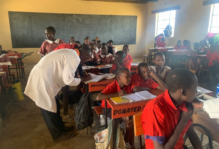

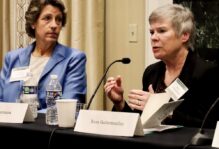
No comments.
Comments are currently closed. Comments are closed on all posts older than one year, and for those in our archive.